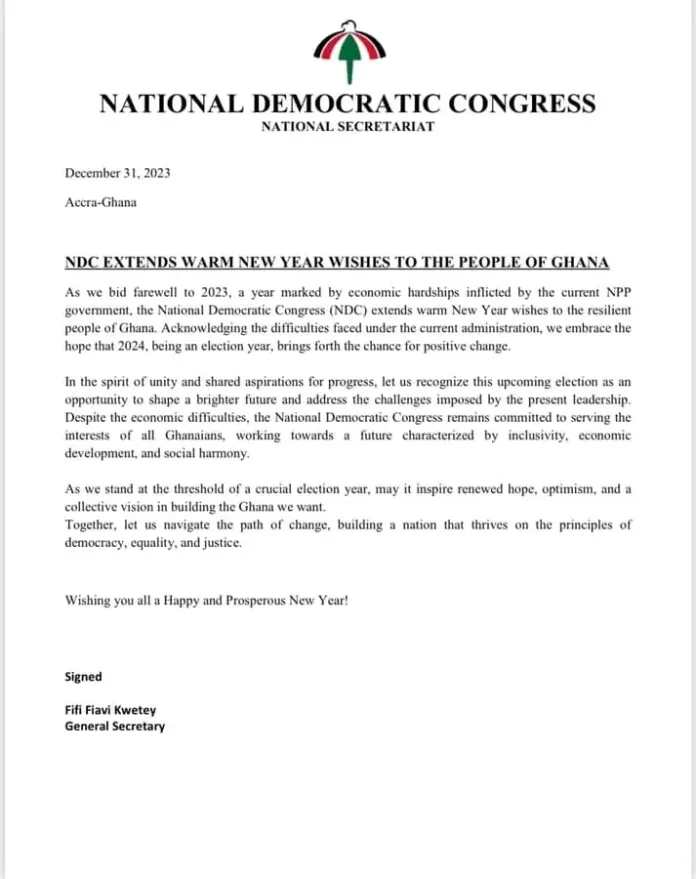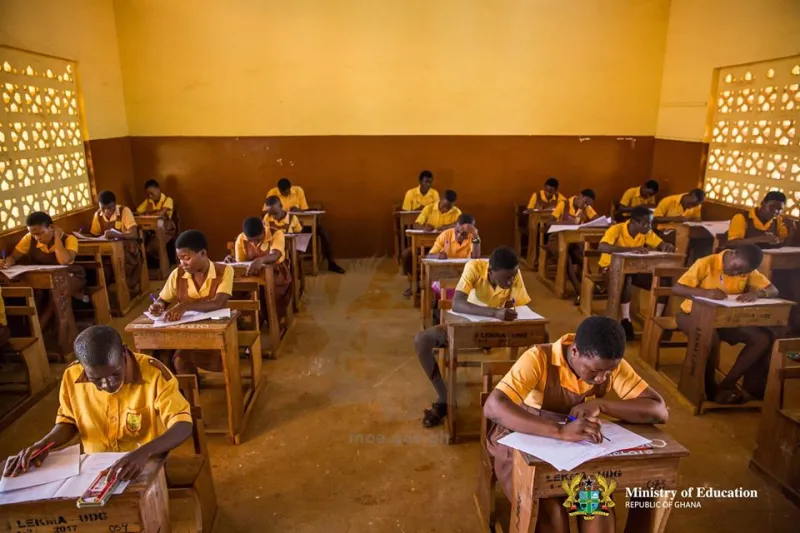
By Raymond ABLORH
Ghana’s construction sector stands at a critical juncture, poised to become the engine of national transformation and a leader in regional development.
The recent Ghana Investment and Trade Week Conference, convened by the Ghana Chamber of Construction Industry (GhCCI), laid out a bold vision for a future where infrastructure is not just a foundation for buildings but a strategic driver of prosperity.
A call to action for a fragmented sector
The conference’s theme, “Constructing Prosperity: Promoting Industrial Development through Smart Infrastructure Planning,” addressed the urgent need to redefine infrastructure delivery in Ghana.
The sector, which contributes over 14% to the national GDP and employs approximately 420,000 Ghanaians, faces significant challenges. With a national housing deficit exceeding 1.8 million units and a fragmented regulatory landscape, bold reforms are no longer optional—they are essential.
The conference’s central outcome was the consensus on establishing a Construction Industry Development Authority (CIDA). This statutory body would harmonize regulations, enforce standards for quality assurance and labour safety, and serve as a single point of coordination for all stakeholders. A CIDA would be a game-changer, fostering the transparency and predictability that are crucial for strengthening investor confidence.
Redefining infrastructure: beyond bricks and mortar
We must view Ghana’s estimated $130 billion infrastructure financing gap not as a problem, but as a transformative opportunity. It’s a chance to build smarter, greener, and more inclusively than ever before.
The conference highlighted the need for a shift from traditional models to an approach that embraces sustainability, inclusivity, and digital integration. This means leveraging technologies like Building Information Modelling (BIM), artificial intelligence (AI), and drone technology for everything from real-time planning to predictive maintenance. This isn’t just about efficiency; it’s about making infrastructure resilient and climate-adaptive.
A truly smart infrastructure agenda also means prioritizing people. The AfCFTA framework offers a chance to develop interconnected trade corridors and logistics hubs that boost cross-border commerce. This includes designing infrastructure that is gender-responsive and ensures safe, accessible spaces for women in trade and agriculture.
The road to a thriving industry
To achieve this vision, all stakeholders must align their efforts. Government and Parliament must lead the charge by operationalizing CIDA and protecting critical quarry and sand-winning zones to stabilize costs and project timelines. Fast-tracking digital governance systems, like e-permitting platforms, will also boost transparency and attract investment.
The Private Sector must become a proactive co-creator of national development. This means participating in affordable housing projects, digitizing operations with tools like BIM, and leading the charge on smart, resilient infrastructure projects.
International Partners and investors are key to providing capital support for initiatives like the BIG PUSH Initiative, which aims to inject $10 billion into key infrastructure over five years. Their investment is crucial for supporting climate-conscious projects and facilitating technology transfer.
Gender-focused institutions must champion inclusive design and ensure that the benefits of new projects are equitably distributed among all community members.
AfCFTA institutions can leverage trade protocols to boost cross-border infrastructure investment and promote the use of Ghanaian expertise and local materials across the
continent.
Building for posterity
The GhCCI is committed to building a resilient, inclusive, and future-ready construction sector. This means advocating for policies that ensure easier access to sustainable financing and promoting green building standards. It also means championing the inclusion of local contractors, artisans, youth, and women in national projects. We must embrace technologies like BIM and AI, but also scale up the use of local, climate-resilient materials like pozzolana and bamboo.
As the GhCCI’s declaration states, “Let history recall that today, we chose not just to build, but to build right”. We must work together, not as separate entities, but as co-builders of a better future for Ghana and for Africa. By strategically merging global capital with local expertise, we can deliver smart, inclusive, and climate-ready infrastructure that drives long-term growth and equity.
The future we build is a shared one. Let’s make it a future of prosperity, innovation, and environmental responsibility.
The writer is a Policy, Research Strategy & Communication
The post The blueprint for a brighter future appeared first on The Business & Financial Times.
Read Full Story



















Facebook
Twitter
Pinterest
Instagram
Google+
YouTube
LinkedIn
RSS